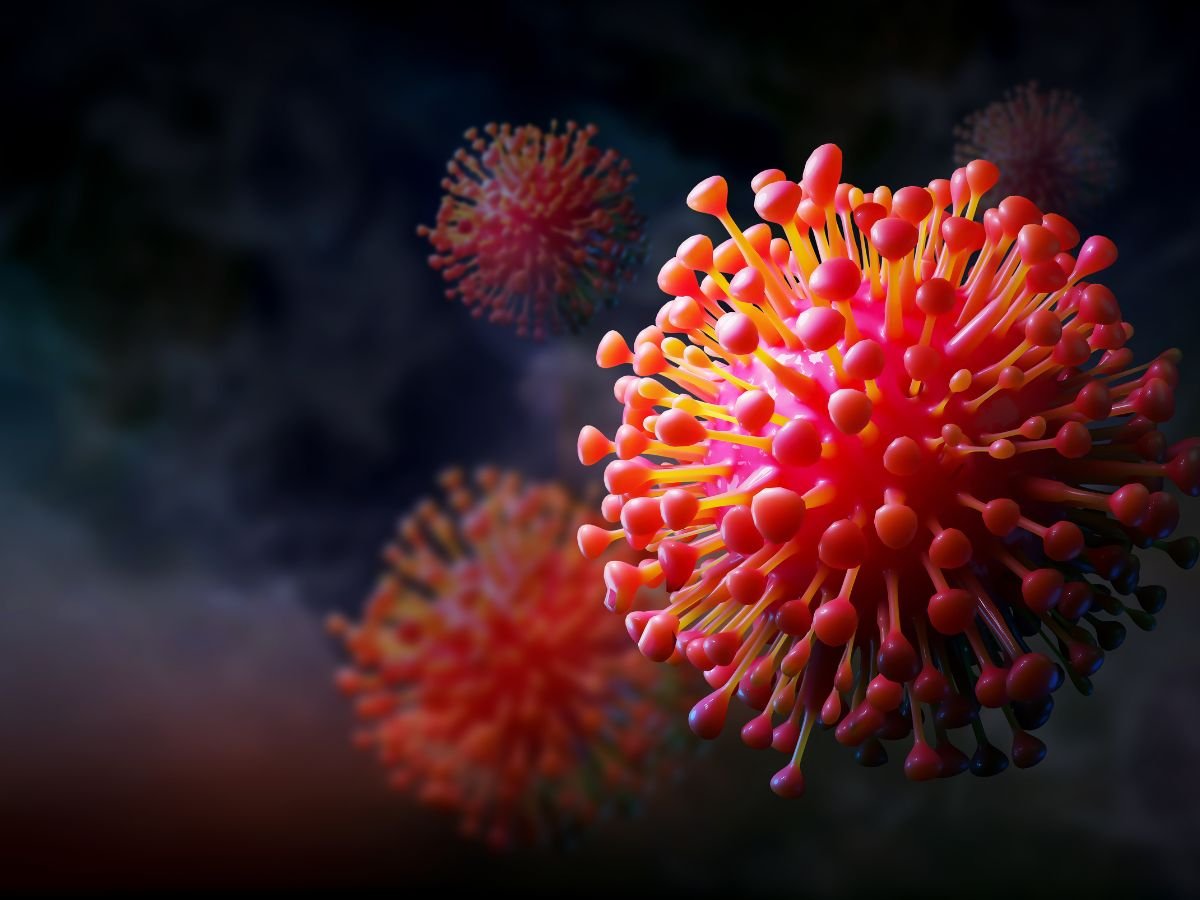New Delhi, 09 August 2025: COVID-19 activity is on the rise across much of the United States, with the highest reported levels in western states, according to recent public health surveillance. Health experts are urging residents to take precautions as hospital admissions and test positivity rates tick upward.
Data from wastewater surveillance and hospital records show a consistent upward trend in COVID-19 activity since early summer. The rise is not uniform nationwide, but western states are seeing the steepest increases, followed by pockets of the South and Midwest.
Officials say the uptick may be driven by a combination of factors — including new virus variants, waning immunity from prior infections and vaccinations, and increased travel during the summer months.
The Role of New COVID Variants
Genomic sequencing has identified several Omicron subvariants circulating simultaneously. While most remain closely related to earlier Omicron strains, some carry mutations that may help them partially evade immunity. Early data suggests that these variants spread efficiently but do not appear to cause more severe illness than previous strains.
Health officials emphasize that ongoing monitoring is essential, as new variants can shift the trajectory of the outbreak quickly.
Impact on Hospitals
Hospitalizations linked to COVID-19 remain well below previous surges, but the increase is notable after several months of relatively stable levels. Hospitals in some western cities have reported small but steady rises in admissions, particularly among older adults and people with underlying health conditions.
Emergency departments are also seeing more patients with respiratory symptoms, prompting renewed calls for vigilance in high-risk populations.
Common COVID Symptoms Being Reported
While the core symptoms of COVID-19 — fever, cough, fatigue, and loss of taste or smell — remain relevant, recent reports indicate that some individuals are experiencing slightly different symptom patterns with the latest circulating strains.
Frequently reported symptoms include:
- Persistent cough
- Sore or hoarse throat
- Runny or congested nose
- Headache
- Fatigue or muscle aches
Fewer patients are reporting the loss of taste and smell compared to earlier waves.
Public Health Recommendations
Officials are not currently recommending widespread mask mandates or restrictions, but they do advise a layered approach to reduce the risk of infection, especially for people in areas with rising transmission.
Key protective measures include:
- Stay Up to Date on Vaccines
Get the latest recommended COVID-19 vaccine dose, particularly if you are over 50 or have a weakened immune system. - Wear a Mask in Crowded Indoor Settings
A well-fitted mask offers protection in high-risk environments such as public transport, airports, and large gatherings. - Improve Indoor Air Quality
Use air purifiers, keep windows open when possible, and ensure good ventilation to reduce the risk of airborne transmission. - Test When Symptomatic
Rapid tests can confirm infection and help prevent spreading the virus to others. - Stay Home if Sick
Even mild symptoms should be treated seriously to avoid infecting vulnerable individuals.
Preparing for a Potential Fall/Winter Surge
Public health experts warn that respiratory viruses, including COVID-19, often surge in the cooler months when people spend more time indoors. They recommend planning ahead by ensuring vaccinations are current, keeping at-home tests on hand, and knowing local testing and treatment resources.
Treatment Options Remain Available
Antiviral treatments such as nirmatrelvir/ritonavir and remdesivir remain effective against currently circulating variants, but must be started early in the course of illness to be most effective. Patients at high risk for severe disease are encouraged to seek medical care promptly after testing positive.
Lessons from Past Waves
Analysts note that while the U.S. is unlikely to see a return to the large-scale surges of 2020 and 2021, localized spikes can still place strain on healthcare systems. Past experience shows that areas with proactive mitigation measures tend to weather these increases with fewer hospitalizations and deaths.
Regional Differences in COVID Activity
Wastewater data shows that western states, including parts of California, Nevada, and Arizona, have the highest concentration of virus particles. The Midwest and South are experiencing moderate increases, while parts of the Northeast remain relatively stable.
The variations may be linked to differences in population density, vaccination coverage, local climate, and travel patterns.
Continued Importance of Testing and Reporting
Experts caution that official case counts no longer reflect the true extent of community transmission, as many people rely on at-home tests and do not report results to public health agencies. Wastewater monitoring, hospitalization data, and sentinel testing programs are now the primary tools for tracking trends.
The situation remains dynamic, and experts stress the need for flexibility. If cases and hospitalizations rise significantly, health officials may consider reintroducing targeted public health measures in high-transmission areas.
While fatigue with pandemic precautions is widespread, health authorities emphasize that preventive steps remain effective in reducing both infection risk and the severity of illness.







